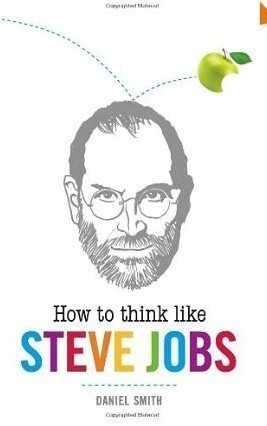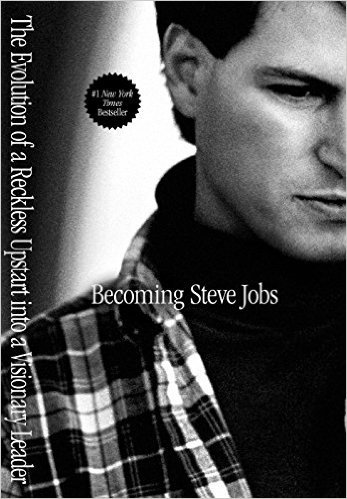
How to Think Like Steve Jobs
Book Description
Unlock the genius of innovation and creativity lurking within you! In "How to Think Like Steve Jobs," Daniel Smith dives deep into the mind of one of history's most revolutionary thinkers. Through vivid anecdotes and powerful principles, the book reveals the secrets behind Jobs' extraordinary vision and relentless quest for perfection. It’s a thrilling exploration of passion, design, and the audacity to challenge the status quo. Each page ignites inspiration, urging you to embrace bold ideas and reinvent the ordinary. Are you ready to ignite your own creative legacy and change the world, just like Jobs did?
Quick Book Summary
"How to Think Like Steve Jobs" by Daniel Smith explores the guiding philosophies and mental strategies that drove Apple’s co-founder to become an icon of innovation. Through insightful anecdotes and core principles, Smith uncovers how Jobs approached creativity, leadership, design, and problem-solving in ways that disrupted industries. The book invites readers to adopt Jobs’ celebrated mindset: daring to dream big, relentlessly pursuing perfection, and challenging existing norms. With accessible language, Smith offers actionable lessons from Jobs’ legendary career, making them relevant for entrepreneurs, creatives, and anyone seeking to unlock their own potential. It’s both a deep dive into Jobs’ distinctive character and a call to cultivate visionary thinking in everyday life.
Summary of Key Ideas
Table of Contents
Embracing Radical Innovation
Central to the book is the notion of embracing radical innovation. Jobs believed that real progress comes not from incremental improvements but from daring to envision—and create—what does not yet exist. Smith recaps famous Apple product launches, showing Jobs’ willingness to take risks and push boundaries, such as moving to an all-digital music player or creating the first iPhone. Readers are encouraged to break from conventional patterns and seek breakthroughs by questioning and reimagining the possibilities around them.
Design as a Way of Life
Design played a pivotal role in Jobs' worldview. Smith dissects how Jobs elevated design from mere aesthetics to an all-encompassing philosophy, where form and function had to be perfectly entwined. Jobs insisted on elegance, simplicity, and user-centricity at every level, fostering products that were not only powerful but also intuitively delightful. The book utilizes specific examples, like the original Macintosh and the iPod, to illustrate how great design could be a differentiator and a driver of loyalty.
Relentless Pursuit of Excellence
Jobs’ relentless pursuit of excellence set him apart as a leader. Smith details his famously high standards and unyielding discipline, from obsessing over details to expecting the best from his teams. Jobs refused to compromise on quality, whether in product engineering or marketing, and his perseverance was instrumental in Apple's turnaround after his 1997 return. The book argues that setting uncompromising standards and believing in the impossible is crucial for transforming ambition into reality.
Harnessing Focus and Simplicity
Focus and simplicity emerge as Jobs’ keys to success. Smith recounts how Jobs would often ruthlessly pare down ideas, features, and even product lines to their essence. Jobs’ ability to concentrate resources and attention on a few core projects distinguished Apple from its competitors. The book encourages readers to eliminate distractions, simplify their goals, and pour energy into a select number of high-impact endeavors, echoing Jobs’ maxim: “Focus is about saying no.”
Challenging the Status Quo
At the heart of Jobs’ philosophy was a stubborn insistence on challenging the status quo. He rejected “the way things have always been done,” frequently clashing with norms and encouraging his teams to think differently. Smith highlights how this rebellious spirit became infectious, fueling a culture of constant questioning and improvement. The book closes by inviting readers to adopt a similar attitude: to harness their own sense of curiosity and courage, and—like Jobs—never be afraid to upend the ordinary in pursuit of something truly extraordinary.
Download This Summary
Get a free PDF of this summary instantly — no email required.





